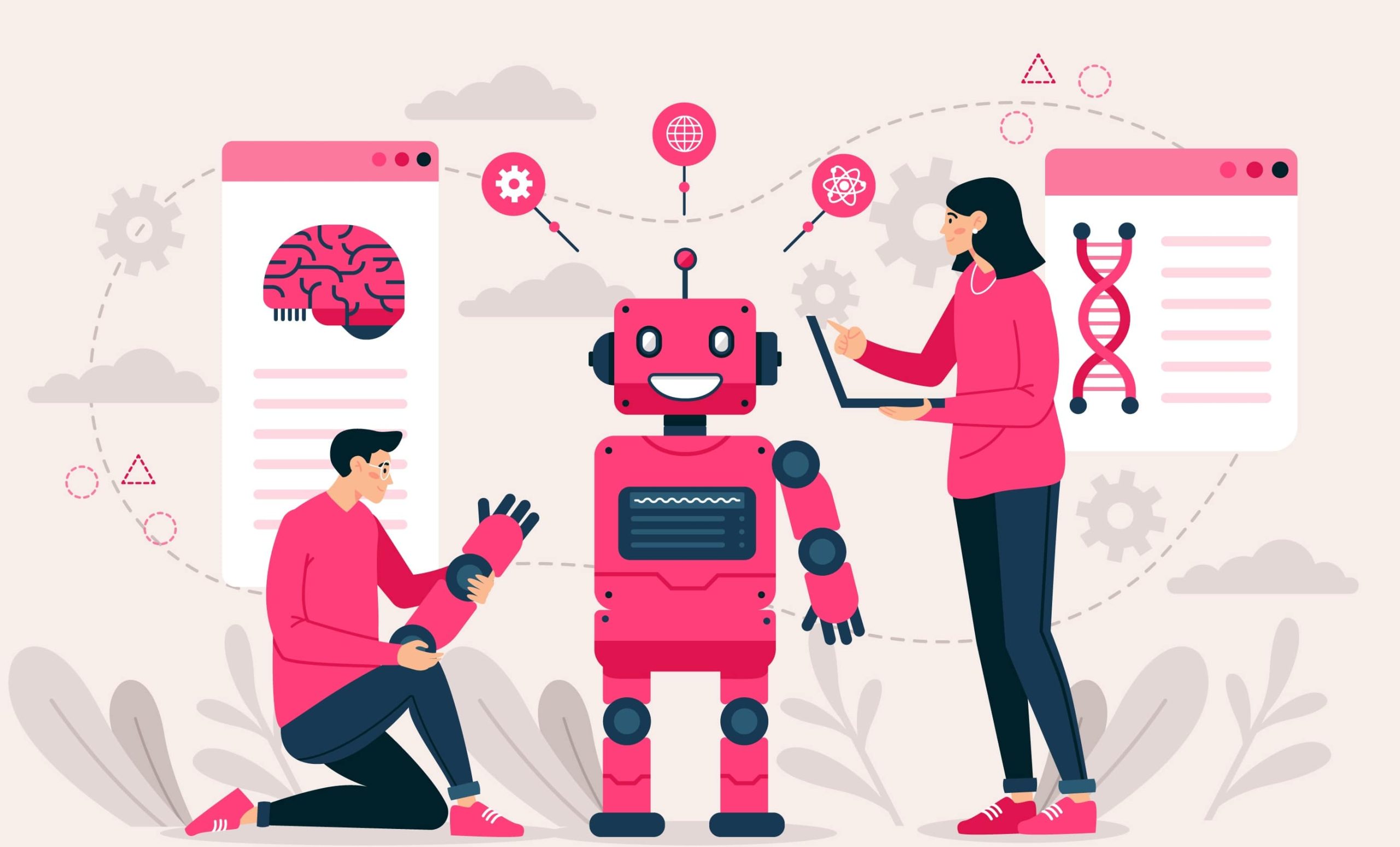Table of Contents
Artificial Intelligence (AI) is transforming industries and daily life, but along with its benefits come serious risks. Below are the top five negative uses of AI that raise global concerns.
1. Deepfakes and Misinformation
AI can generate realistic fake videos, voices, and images, often referred to as deepfakes. These are used to spread misinformation, manipulate public opinion, or carry out scams. The danger lies in eroding trust in digital content, making it harder to separate fact from fiction.
2. Job Displacement and Automation
Automation powered by AI can replace millions of jobs, especially in manufacturing, customer service, and logistics. While businesses gain efficiency, many workers face unemployment or the need to reskill. This shift can increase inequality and create social and economic instability if not managed responsibly.
3. Cybersecurity Threats

AI is a double-edged sword in cybersecurity. While it can protect systems, it is also used by hackers to launch advanced cyberattacks. AI-driven phishing, password cracking, and automated malware can compromise personal data, financial assets, and even national security, making digital spaces more vulnerable.
4. Bias and Discrimination
Since AI systems learn from data, they can inherit and amplify existing biases. This can lead to unfair outcomes in critical areas such as hiring, law enforcement, lending, or healthcare. Biased AI decisions can harm marginalized groups and reinforce discrimination if not carefully monitored.
5. Autonomous Weapons
AI’s application in military technology raises grave ethical concerns. Autonomous weapons, capable of making combat decisions without human oversight, could escalate conflicts and pose threats to global peace. Without strict regulations, such systems risk being misused in warfare or terrorism.
Conclusion
While AI is a powerful tool for progress, its negative uses cannot be ignored. From spreading false information to fueling unemployment, bias, and even threats to global security, AI poses real challenges. To prevent harm, governments, industries, and researchers must establish ethical frameworks, transparent policies, and strict regulations. Ultimately, the goal should be to ensure AI remains a force for good—benefiting society while minimizing risks.
More useful article – https://bernardmarr.com/what-are-the-negative-impacts-of-artificial-intelligence-ai/
Editorial Staff at Djdesignerlab is a team of Guest Authors managed by Dibakar Jana.




